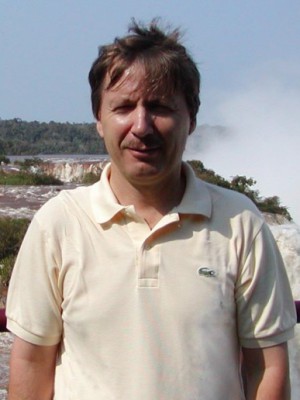abstract
Low-frequency vibration energy harvesting is becoming increasingly important for environmentally friendly and biomedical applications in order to power various wearable and implanted devices. In this paper, we propose the use of piezoelectric congruent LiNbO3 (LN) single crystals, with an engineered bidomain structure, as an alternative to the widely employed lead-based PZT. We thus compared experimentally the pure vibration energy scavenging performance of square-shaped bidomain and single-domain Y+128 degrees-cut LN crystals and a conventional bimorph soft PZT ceramic bonded to long spring-steel cantilevers as a function of the frequency, load resistance, and tip proof mass. At a low bending resonance frequency of ca. 32.2 Hz, the bidomain LN yielded an open-circuit voltage of 1.54 kV/g, almost one order of magnitude larger than that observed in PZT. The maximum extractable average power was found to be of 9.2 mW/g(2) in the bidomain LN, 6.2 mW/g(2) in the single-domain LN, and 1.8 mW/g(2) in the PZT piezo-elastic cantilevers. With five times higher output power density of up to 11.0 mW/(cm(3).g(2)) under resonance conditions, bidomain LN was thus shown to be a reliable lead-free and high-temperature alternative to PZT, thanks to its considerably larger quality factor and electromechanical conversion efficiency.
keywords
LITHIUM-NIOBATE; PIEZOELECTRIC CERAMICS; DESIGN; PLATE; EFFICIENCY; GENERATOR; DEVICES
subject category
Acoustics; Engineering
authors
Vidal, JV; Turutin, AV; Kubasov, IV; Kislyuk, AM; Malinkovich, MD; Parkhomenko, YN; Kobeleva, SP; Pakhomov, OV; Sobolev, NA; Kholkin, AL
our authors
acknowledgements
This work was supported in part by the Russian Science Foundation for the selection of optimal crystallographic cut of LiNbO



